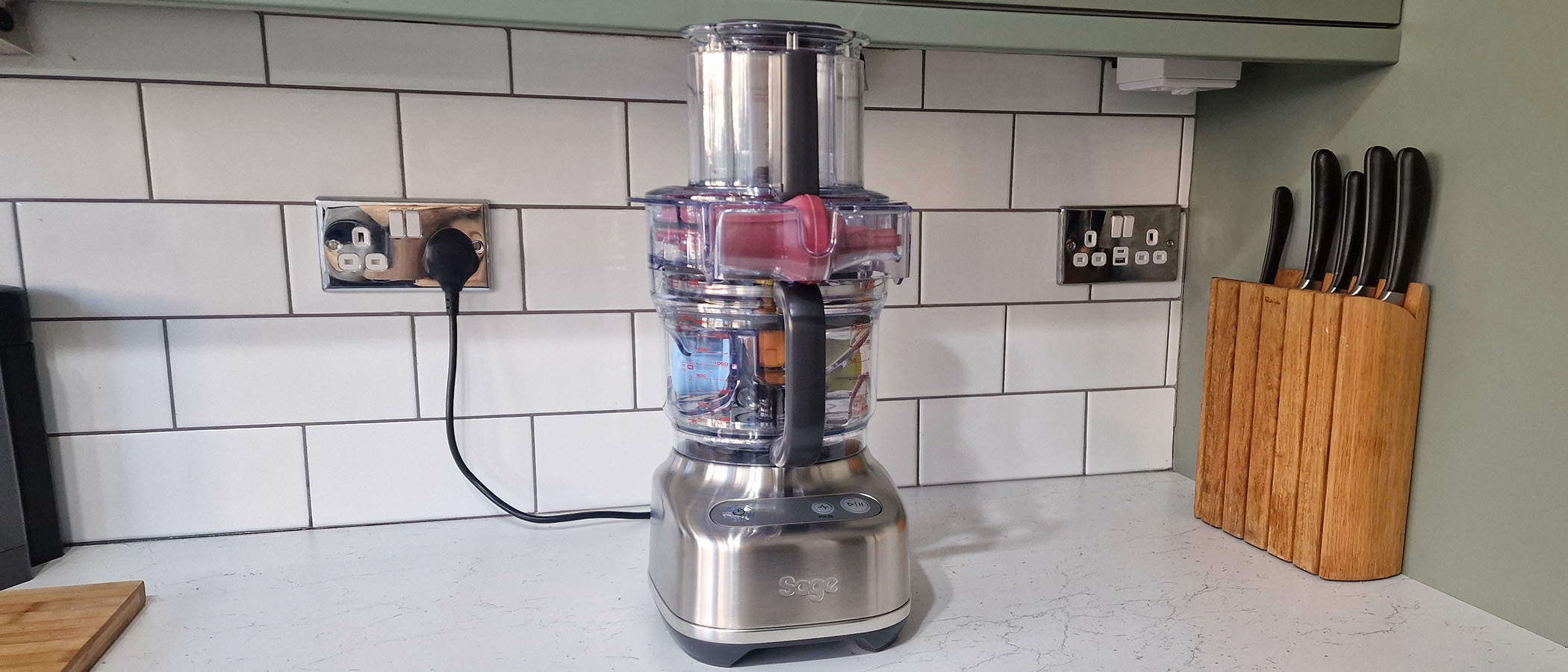7 lawnmower mistakes you’re probably making right now
Are you making these common mowing mistakes?
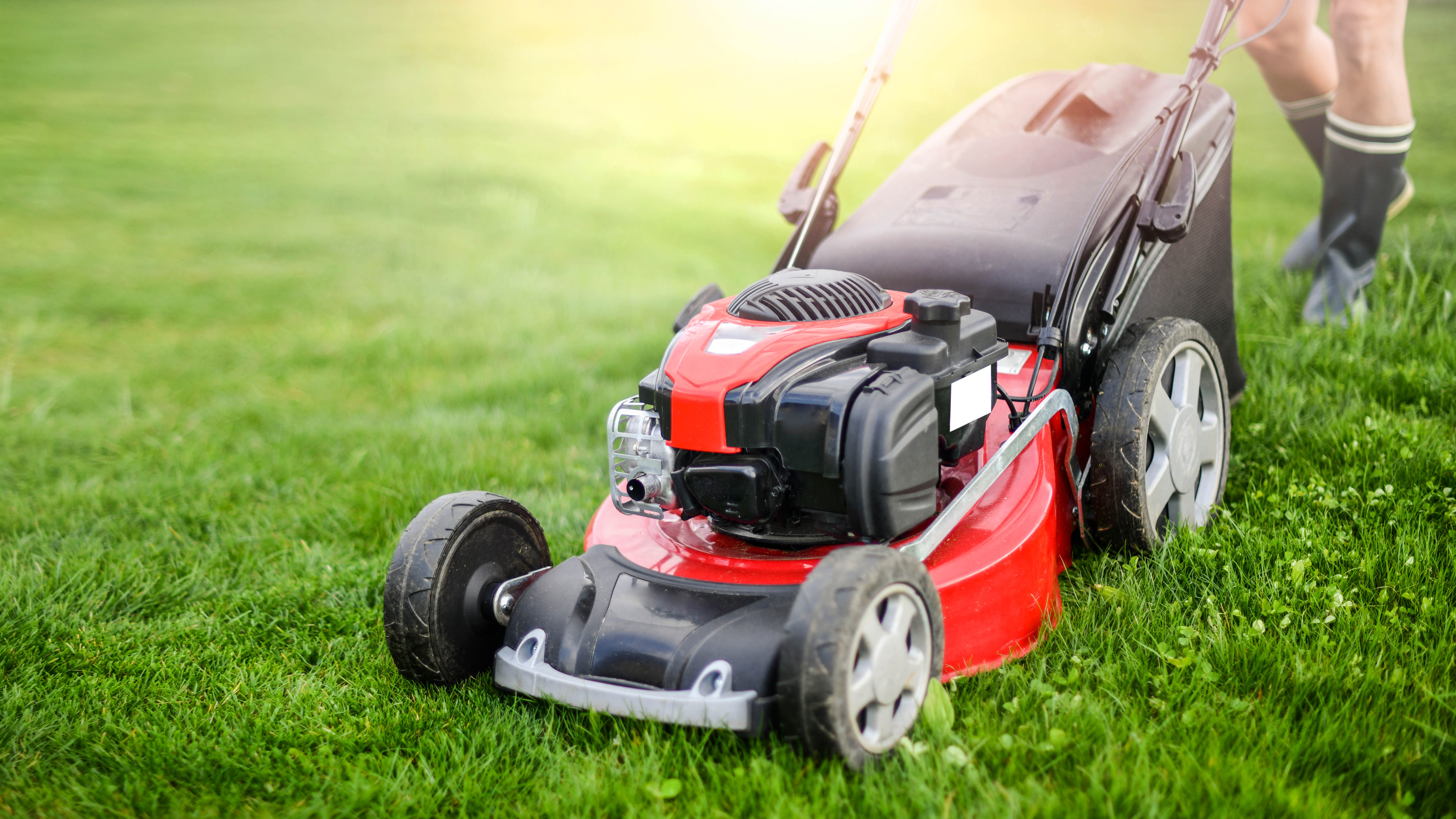
If you want to make your lawn neat and tidy for those backyard barbecues, you’ll need to make sure your mower is up to the job. And while cutting grass may seem simple, chances are, you’re probably making some common lawnmower mistakes that could ruin your garden. Alongside avoiding these lawn care mistakes, taking care of your lawnmower is essential.
What’s more, it will make life easier, and less work, especially if you want to perfect how to stripe your lawn or how to make your grass greener for a lush lawn. Protecting your lawn mower through colder months is essential, so here's how to store a lawn mower, and 5 reasons to buy an electric lawn mower if you're thinking of upgrading.
Also, are you taking part in No Mow May? Here are 7 reasons to stop mowing your lawn this month.
1. Buying the wrong type of mower
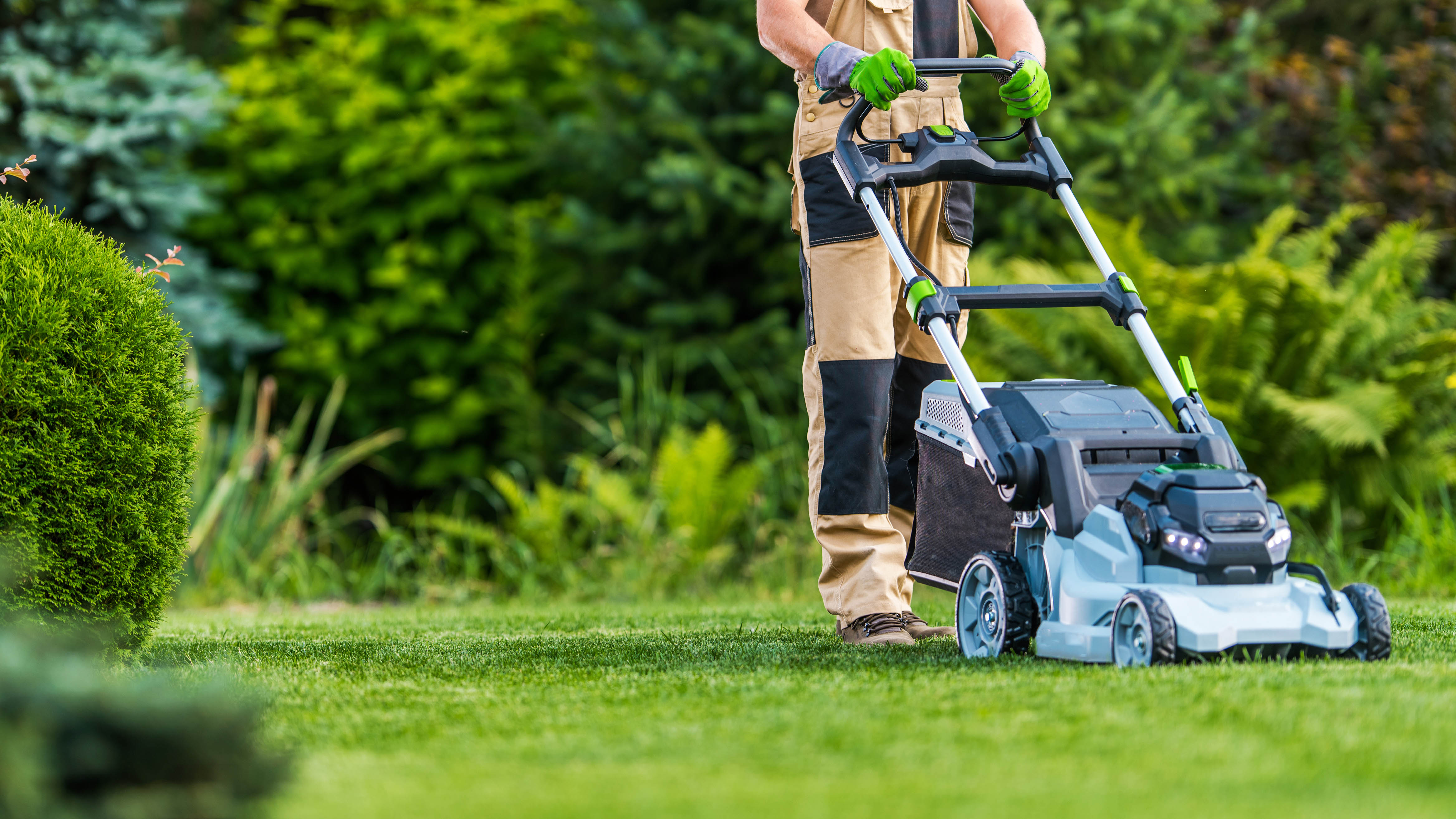
Not all lawnmowers are created equal, so buy one to suit your garden and needs. Consider the type of grass you have, the size of your yard, and the terrain you’re working with.
If you have a smaller plot — less than an eighth of an acre — you may be best suited with a manual reel mower; these tend to be lighter and less expensive than other lawnmowers. This type has several long blades that spin around a cylinder, and is ideal for shorter grass. However, you have to provide all the power.
If your hard is larger — an eighth to a quarter acre, say — an electric or gas-powered push mower is a better option. These tend to be rotary lawnmowers — a large, single blade that spins around underneath the mower. You have to push these lawnmowers (unless you get a self-propelled model), but their motor provides the energy to cut the grass.
For larger yards, a riding mower might be your best choice. As their name suggests, you sit on these mowers and drive them around your lawn. They will often have more than one blade underneath, so you can cut a larger swath of grass at a time. Most of these models run on gas-powered motors, but battery-operated models are becoming more popular.
Sign up to get the BEST of Tom's Guide direct to your inbox.
Get instant access to breaking news, the hottest reviews, great deals and helpful tips.
2. Mowing in the same direction each time

We all have our signature mowing style, but never cut grass in the same direction each time. Experts say this will prevent the ‘bending over’ of the grass blades to create that lush and healthier lawn. Ideally, you need the grass blades to stand up, but if you find that your grass is starting to bend over horizontally, run a light rake over the lawn before mowing.
3. Mowing with dull blades
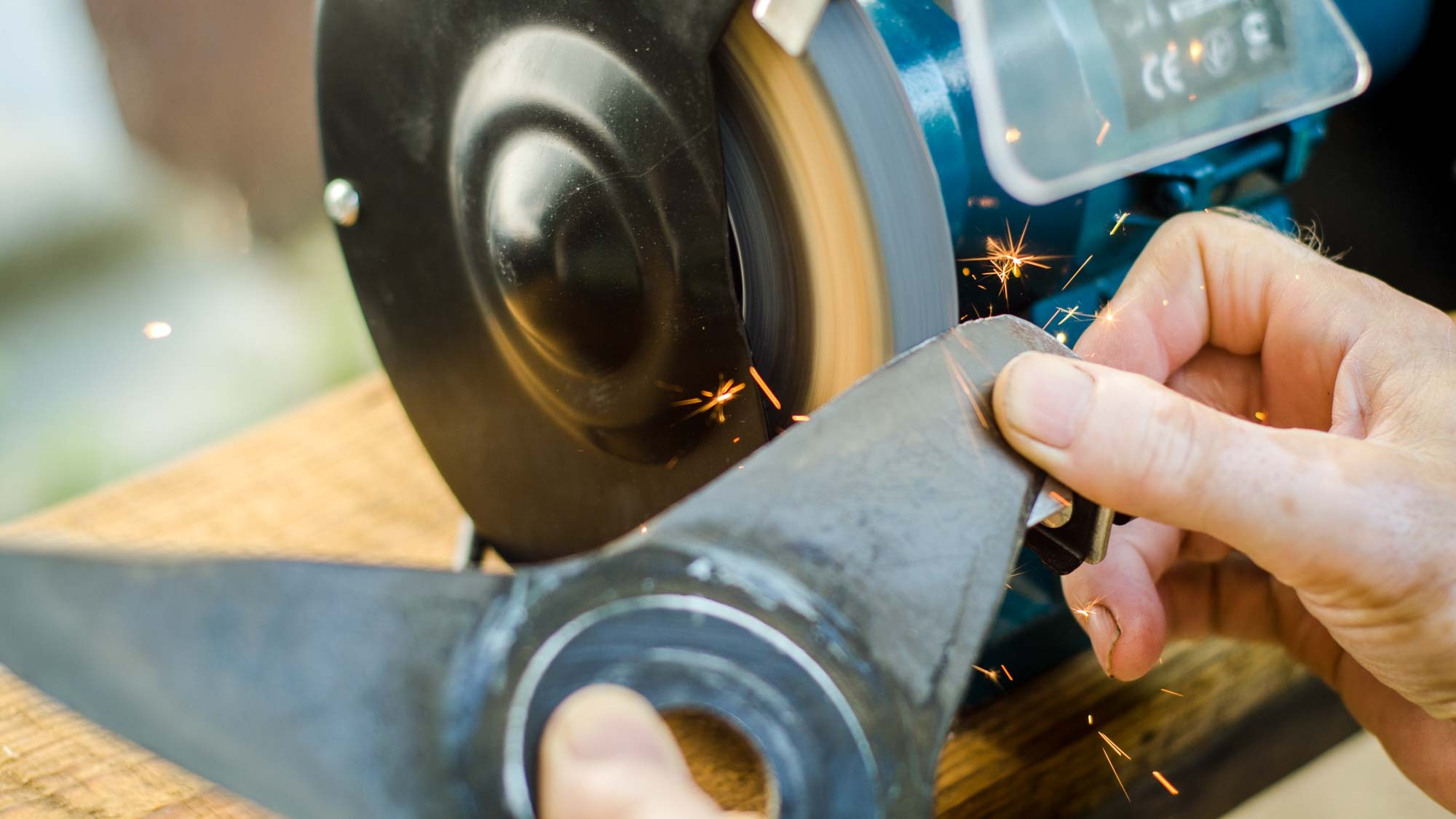
Dull blades on your lawnmower will only tear and pull up the grass rather than give a clean, even cut. Not only will this cause long-term damage to the grass, but will make your garden look messy. Generally, it’s advised to sharpen your blades twice per season or after 25 hours of use to keep them in top form. While there are many blade sharpening tools available, such as these Double Layer Corundum Lawn Mower Blade Sharpener ($13, Amazon), — a metal file also works well — always follow the safety guidelines for your mower. Check out our guide on how to sharpen lawn mower blades for more info.
Or if in doubt, take it to a professional at your local garden center or lawnmower repair shop to sharpen it for you.
4. Cutting wet or damp grass
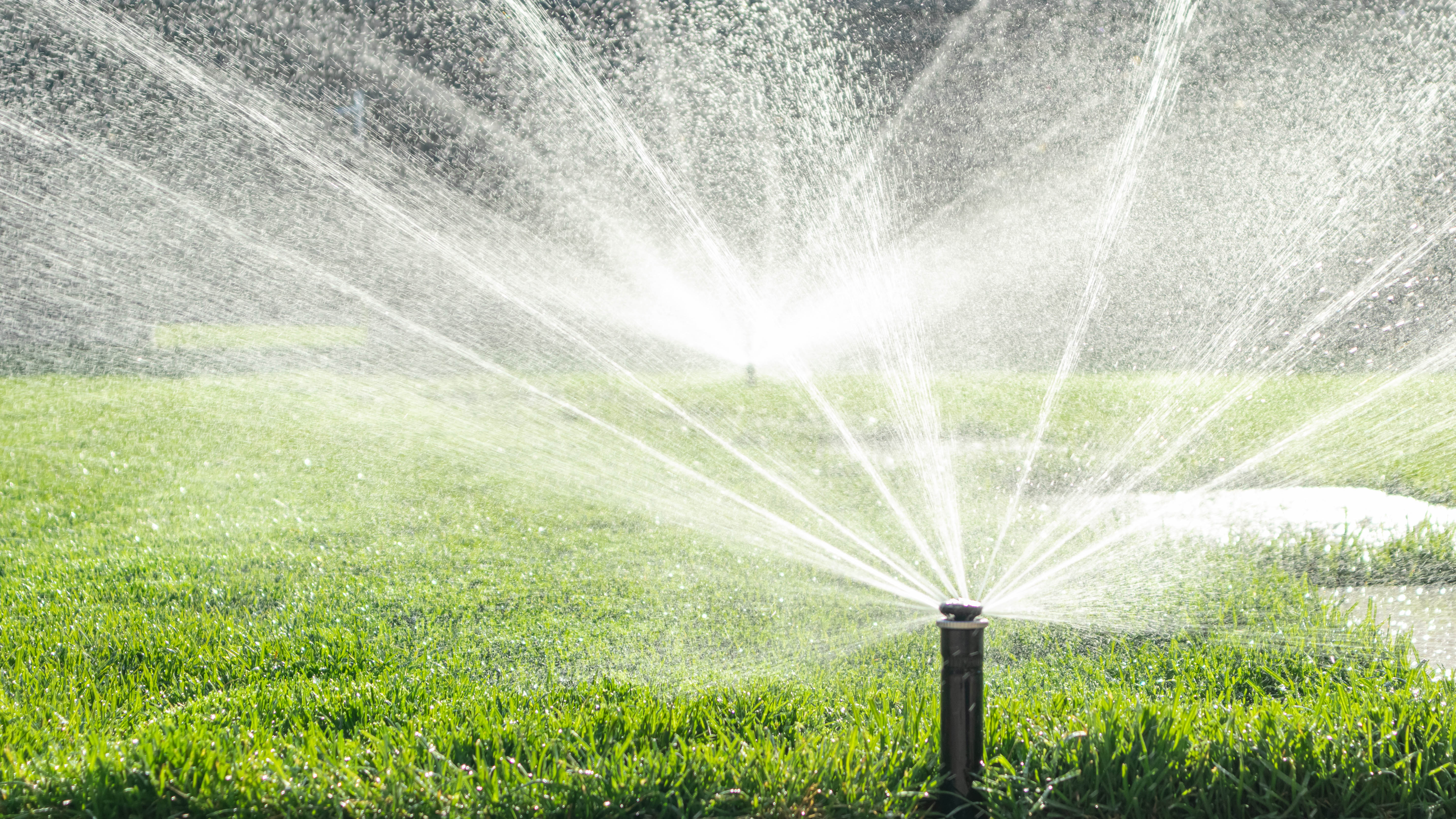
Even if your lawn is in desperate need of a shape-up, don’t cut it if the grass is wet or has moisture. Wet grass simply doesn’t cut as well as when dry, and you’re more likely to tear up the grass and cause damage to the lawn. What’s more, some cuttings will be slimy and stick to the blades, which will affect its overall performance. Aim for a dry day, and this will make it easier to cut, and maintain a healthy lawn.
5. Cutting more grass than you should

We often think that the shorter the grass is, the longer it will take to grow back. However, this can make the root systems too shallow, preventing it from soaking up the essential nutrients it needs. Experts advise to cut grass down to 2 ½ to 3 inches for a healthy height to thrive. In addition, cutting grass too short leaves it open to attack from insects, weeds, and root diseases.
6. Not removing grass cuttings

It’s inevitable to find grass cuttings lying around, so always remove large clumps of clippings straight away. While this may not be a lawnmower mistake, if cuttings are left on the lawn, this will affect the performance of your mower. In addition, cuttings left on the lawn block sunlight to your grass which will cause blades to turn yellow. Once dry, simply remove cuttings with a quality rake like this Garden Rake Heavy Duty Bow Rake ($37, Amazon), to achieve a spotless lawn.
7. Not ever cleaning your mower
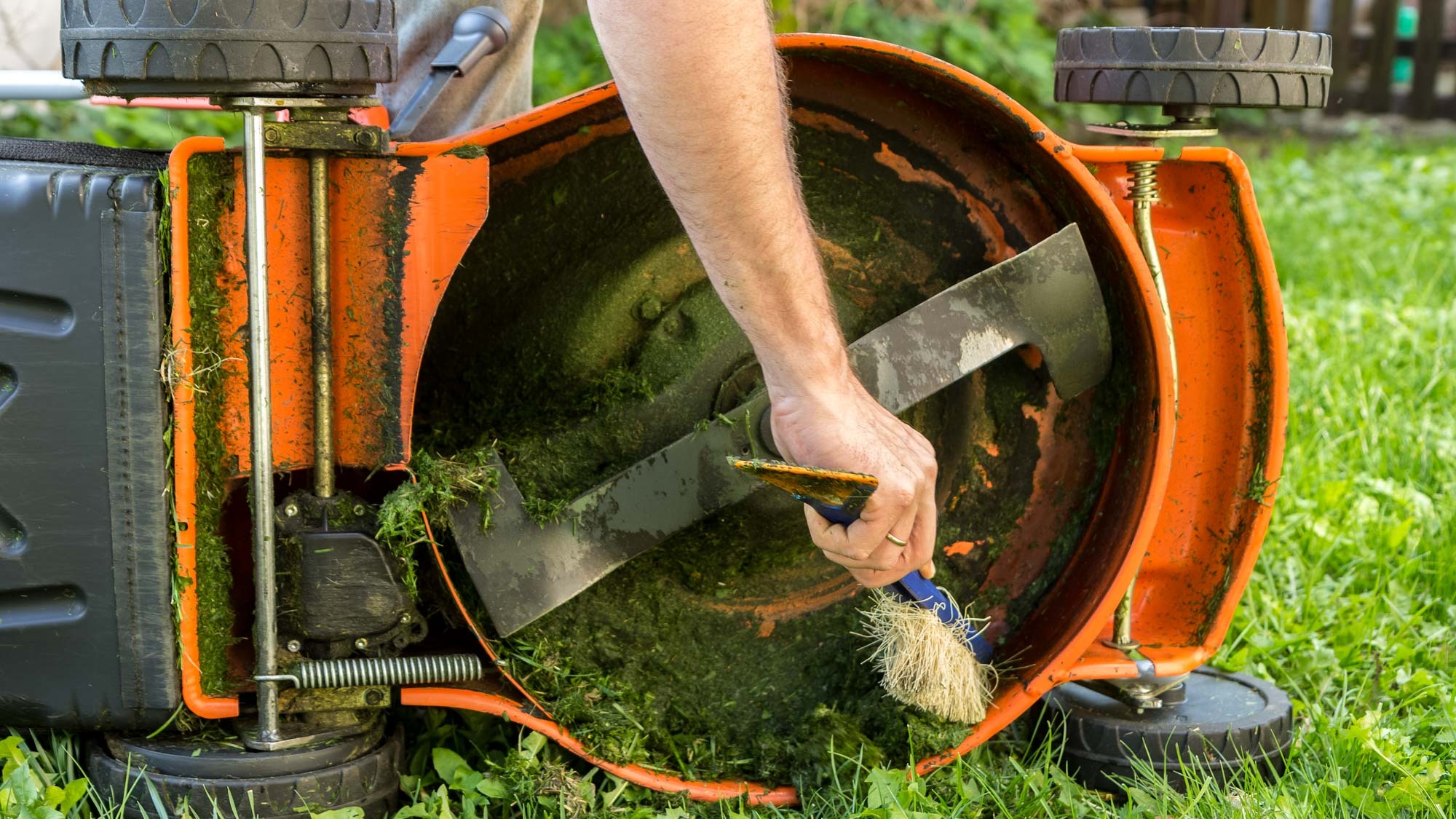
Alongside your grass, even your lawnmower needs maintenance. After each use, take an outdoor brush to remove any grass or debris from the mower deck to prevent any clogs. For stubborn dirt, scrub off with soapy, warm water and use a garden hose to rinse. If you have a gas mower, remember to drain the gas from the tank before cleaning as well as at the end of the season. Keeping your mower clean will ensure you get an optimum performance and results each time. In addition, always store your lawnmower ideally in a shed or garage. Being left out in the elements can cause rust or damage from debris, so keep it protected from the weather.
Other tips for maintaining your lawn
- Ensure you plant grass seed at the right time. Cool-season grass, such as Kentucky bluegrass or fine fescue, is best planted in early spring or fall. Warm-season grass seeds, such as Bermuda grass and centipede grass should stick to spring or early summer.
- Aerate the soil to allow better penetration of air and water to the root of the grass
- Remove weeds, thatch and moss before lawnmowing
- Experts suggest to mow your lawn at least once a week in summer and once every two weeks for remaining seasons
- Ensure your lawn has good drainage to avoid getting waterlogged
Look out for these 7 signs that you are cutting your grass too short, that could be effecting your lawn health.
If you're in the market for gardening tools, take a look at the best pruning shears. Or if you enjoy planting, check out our guides on how to plant sunflower seeds and when to do it, how to plant potatoes and how to grow tomatoes in pots.
Dealing with fall leaves? Here's how to clean gutters — with or without a ladder.

As the Homes Content Editor, Cynthia Lawrence covers all things homes, interior decorating, and garden-related. She has a wealth of editorial experience testing the latest, ‘must-have’ home appliances, writing buying guides and the handy ‘how to’ features.
Her work has been published in various titles including, T3, Top Ten Reviews, Ideal Home, Real Homes, Livingetc. and House Beautiful, amongst many.
With a rather unhealthy obsession for all things homes and interiors, she also has an interior design blog for style inspiration and savvy storage solutions (get rid of that clutter!). When she’s not testing cool products, she’ll be searching online for more decor ideas to spruce up her family home or looking for a great bargain!
